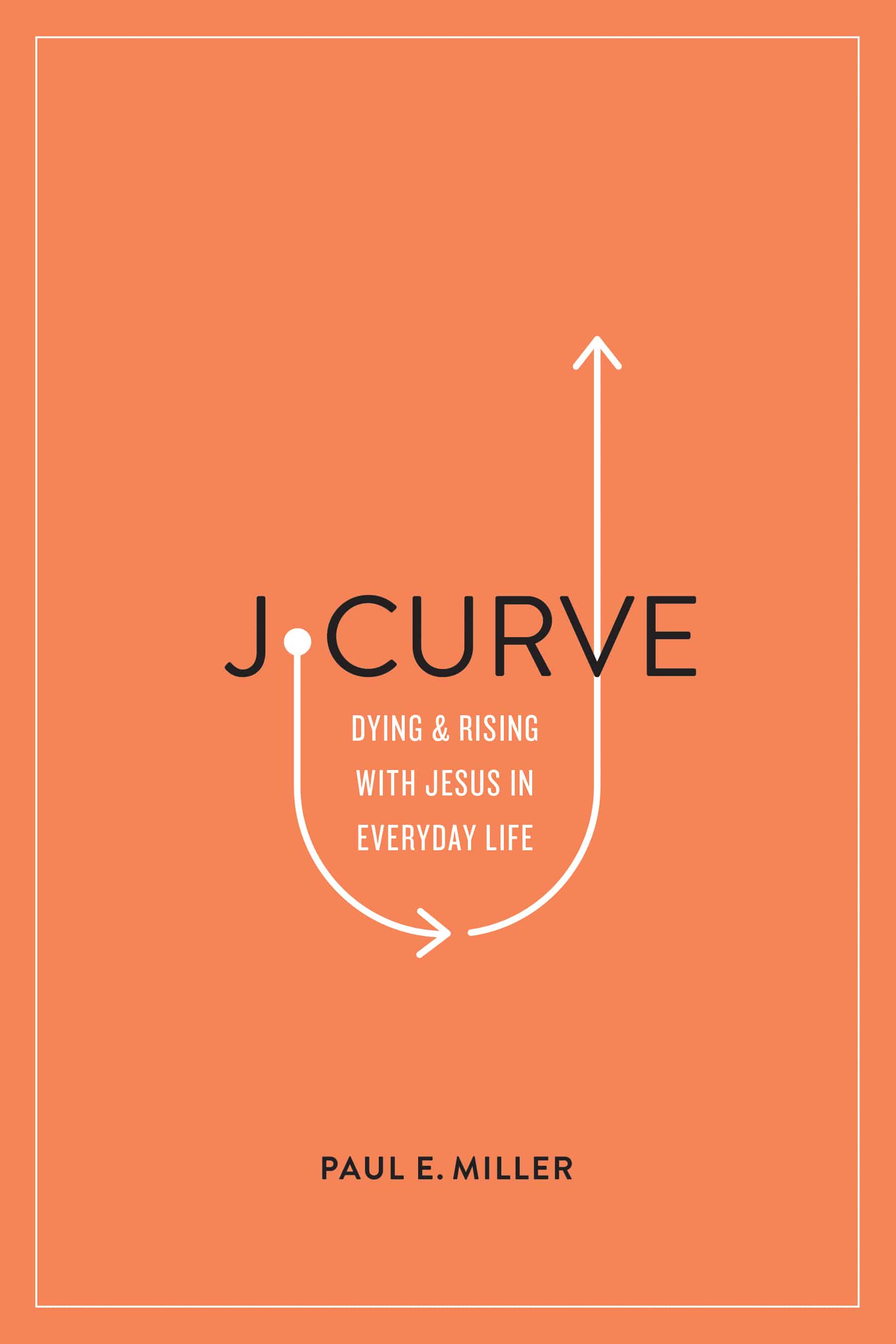J-Curve: Dying and Rising with Jesus in Everyday Life

I’ve always been perplexed by verses like 2 Corinthians 1:5: “For as we share abundantly in Christ’s sufferings, so through Christ we share abundantly in comfort too.” And this one too: “In my flesh I am filling up what is lacking in Christ’s afflictions for the sake of his body, that is, the church” (Colossians 1:24).
Sure, Paul suffered a lot. But how could he say that he shared abundantly in Christ’s sufferings? And how can he say that there’s anything lacking in Christ’s afflictions? Jesus’ sufferings at the cross seem to exist at another level, and it sounds shocking to say that we can share in them or fill up what’s lacking.

According to Paul Miller in his book J-Curve: Dying and Rising with Jesus in Everyday Life, we’re meant to live out Jesus’ pattern of dying and rising. The shape of the J is the shape of Jesus’ life and ours: we first go down into death, and then up into resurrection. “The J-Curve is the shape of the normal Christian life,” he writes. “Our lives mirror Jesus’s” Jesus’ death was different than ours: his atoned for our sins. But we’re called to follow the same pattern.”
“See Jesus in his humility; don’t run from his path of weakness. In fact, that’s the message of this book.”
Honesty
I loved this book for a few reasons. The first is Miller’s honesty. His book A Praying Life first won me over. I don’t want to read a book on prayer by someone who hasn’t struggled to pray; I want to read a book by a fellow struggler.
J-Curve is no different. Miller opens up appropriately about how he’s experienced the J-Curve in his family life, in his vocation, and in the way he’s been treated by others.
I can relate to an author who ends up in the wrong airport terminal with his disabled and agitated daughter, and who knows what it’s like to live paycheck to paycheck. This is not a book written from the comfort of a quiet library; it’s a book that’s been forged in the hard realities of life.
Precision
I also appreciate the precision of this book. There’s not just one J-Curve; there are three:
- the repentance J-Curve, where we put to death our sins
- the suffering J-Curve, where outside suffering leads us into dying with Jesus
- the love J-Curve, where love leads to suffering
“You’ve got to keep your J-Curves straight,” he writes. We need to read the situation right to know which response is appropriate — for instance, when it’s right to suffer and when it’s right to confront.
Insight
I also appreciated the theological insight of this book. It helped me gain clarity on a key theological concept that not only makes sense of the biblical text, but provides hope in my sufferings. “In general, since the Reformation, our vision of the J-Curve has been weak,” Miller writes. “What’s missing is not an emphasis on sanctification, but the spine of sanctification—dying and rising with Christ as the normal Christian life.” It’s time to reclaim that vision.
And there’s really no better time. The lesson of the J-Curve not only applies to us as individuals, but to our life together as the Church in a post-Christian culture. What could God be doing as the Church learns from “today’s rising storm of unbelief and evil”? Could God be up to something as we collectively experience a kind of death?
I plan on re-reading this book. It’s simply one of the best that I’ve read this year.






